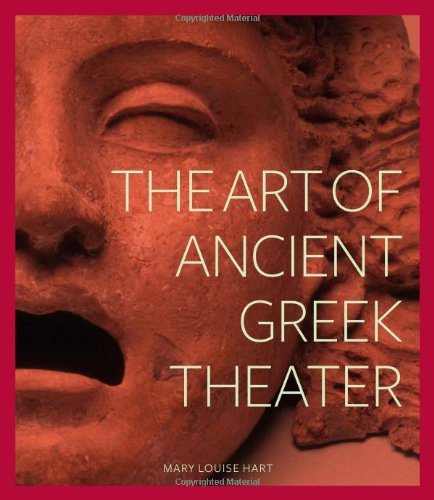The Purpose of Expository Essay Writing
| Performance Indicators:Hopefully, you will observe that six of the seven English department performance indicators are emphasized through this assignment. The value of this work in relationship to developing reasonable skills for application is notable.
P.S. ELA-1 Language: Demonstrate command of the conventions of Standard English grammar and usage when writing or speaking. A. Notice and correct grammatical and mechanical errors in writing. P.S ELA-2 Reading Analysis: Cite strong and thorough textual evidence to support analysis of what the text says explicitly as well as inferences drawn from the text, including determining where the text leaves matters uncertain. A. Evaluate the relevant themes and synthesize how they are present in the novel in oral and written responses. P.S ELA-3 Reading Craft and Structure: Determine an author’s point of view or purpose in a text in which the rhetoric is particularly effective, analyzing how style and content contribute to the power, persuasiveness or beauty of a text. A. Understand SOAPSTone: Speaker, Occasion, Audience, Purpose, Subject, Tone P.S ELA-4 Writing Analysis: Write arguments to support claims in an analysis of substantive topics or texts, using valid reasoning and relevant and sufficient evidence. A. Select and limit a debatable thesis. P.S ELA-5 Writing Craft: Produce clear and coherent writing in which the development, organization, and style are appropriate to task, purpose, and audience. A. Create an effective introduction. P.S. ELA-6 Research- based Writing: Compose research- based writing to examine a topic through the selection, organization, analysis, and synthesis of relevant content. A. Gather relevant information from multiple authoritative print and digital sources |

| According to Aristotle’s definition of tragedy: “A tragedy is the imitation of an action that is serious and also, as having magnitude, complete in itself; in appropriate and pleasurable language;… in a dramatic rather than narrative form; with incidents arousing pity and fear, wherewith to accomplish a catharsis of these emotions.” Incorporate the terminology from Aristotle’s definition in your discussion even considering the use of passages from The Poetics. Provide, as well, passages from the Shakespeare tragedy that you read. Ensure that the author’s name and the page number follow your use of quotes. |
A sample Thesis Statement: Romeo and Juliet represents Aristotle’s understanding of tragedy because it is an imitation of an action, through the pleasurable language, and with incidents arousing pity and fear.
